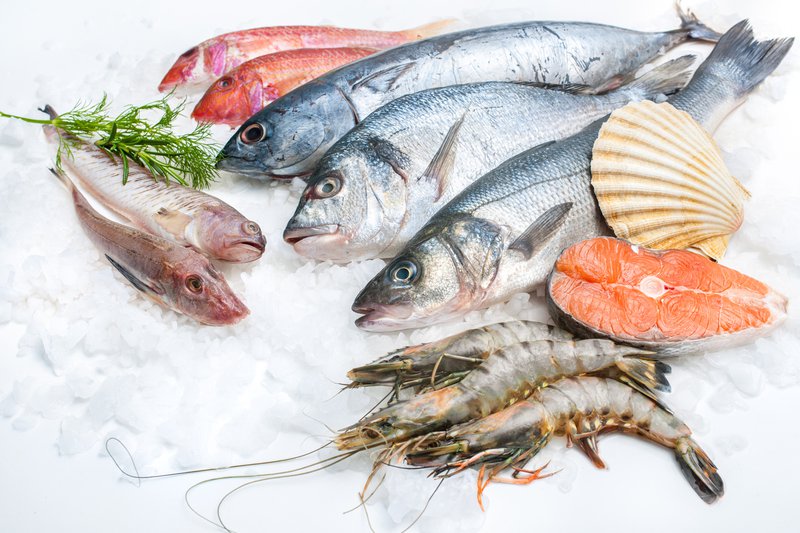The red list: fish you cannot eat in South Africa
Updated | By Anthea Carstens
Fresh
fish is a treat to have, and when you see it at your local supermarket, it’s
hard to resist purchasing it. But before you buy that fish, do you know if it’s
endangered or safe to eat?

Some South African fish stocks are dwindling because of over-fishing and exploitation. The Southern African Sustainable Seafood Initiative (SASSI) has put together a handy list to educate you and help you make informed decisions. Here’s a list of common fish we consume and whether they’re good to eat or not.
Red Zone
Abalone. We all know abalone, or perlemoen, is a no-go. But you can eat Aquaculture abalone, these are farmed in tanks. According to SASSI, abalone are endemic, slow growing marine snails that take 8 to 10 years to reach legal fishing size. Unfortunately, despite measures taken to stop poaching and overfishing, abalone stock has continued to decline and poaching has increased by nearly 150%. Therefor abalone remains overfished and over-exploited.
- ALSO READ: Recipe: Curried Fish Soup
Bluefin Tuna. Think carefully before ordering that tuna sashimi, and enquire from the eatery which tuna they use. While Bluefin is the best there is for sashimi, this popularity has helped place it on the endangered lists because of overfishing. It’s important to note that Atlantic Bluefin tuna is imported on a small scale to South Africa. However, all imported Bluefin tunas are red on the SASSI list and, therefore, it is recommended to avoid buying any imported Bluefin tuna.
Cape Stumpnose. What was a staple fish in many Cape homes, has now become an endangered one. Only recreational fishers with a special permit are allowed to catch Cape stumpnose, and are not allowed to sell them either.
East coast rock lobster. Unfortunately this delicious seafood treat is no longer easily available. The only way you can still enjoy this lobster is if they are hand caught in the Eastern Cape, while in KwaZulu Natal, recreational fishers with a permit can catch up to 8 a day, but cannot sell their catch. Recreational fishers and those doing hand collections are also limited to size restrictions and are only permitted to catch in season.
Geelbek or Cape Salmon. Once a freely available fish, according to SASSI, the Cape Salmon was exploited to the point where stocks collapsed to just 6% of their unexploited populations. You should not be buying this fish, whether it was caught by line fishing or trawl nets.
Natal stumpnose. Only recreational fishers with proper permits can catch this species of fish, and they are not allowed to sell it. In fact, nobody in South Africa can sell this fish. Permit holders can catch up to 5 per day, with a minimum size limit.
West Coast Rock Lobster. Probably the biggest upset to be added to the SASSI list recently is crayfish. Added just a few months ago, many people are still not aware of its placement on the red list and continue to purchase it. No matter which was it was caught, you should avoid it completely.
Now that you know what you should be avoiding, here are a few fish species you’re free to eat without any guilty feelings:
Yellowtail, Squid, Snoek, Shallow-Water Cape Hake, Sardines, Queen Mackerel, Pacific Oysters, Mediterranean blue mussels, Angelfish, and the Cape Rock Oyster – but only if caught by hand in KZN.
Visit the SASSI website for a full and comprehensive list.
- ALSO READ: Four ways to organise your spices
Show's Stories
-
Proof that children mirror what they see adults doing
This kid tries to drink water like a tequila shot...
The Workzone with Alex Jay 1 year, 10 months ago -
If you fail your driver's exam, don't do what this man did
A man who failed his driver's exam decided to hire a 'body double' to at...
The Workzone with Alex Jay 1 year, 10 months ago